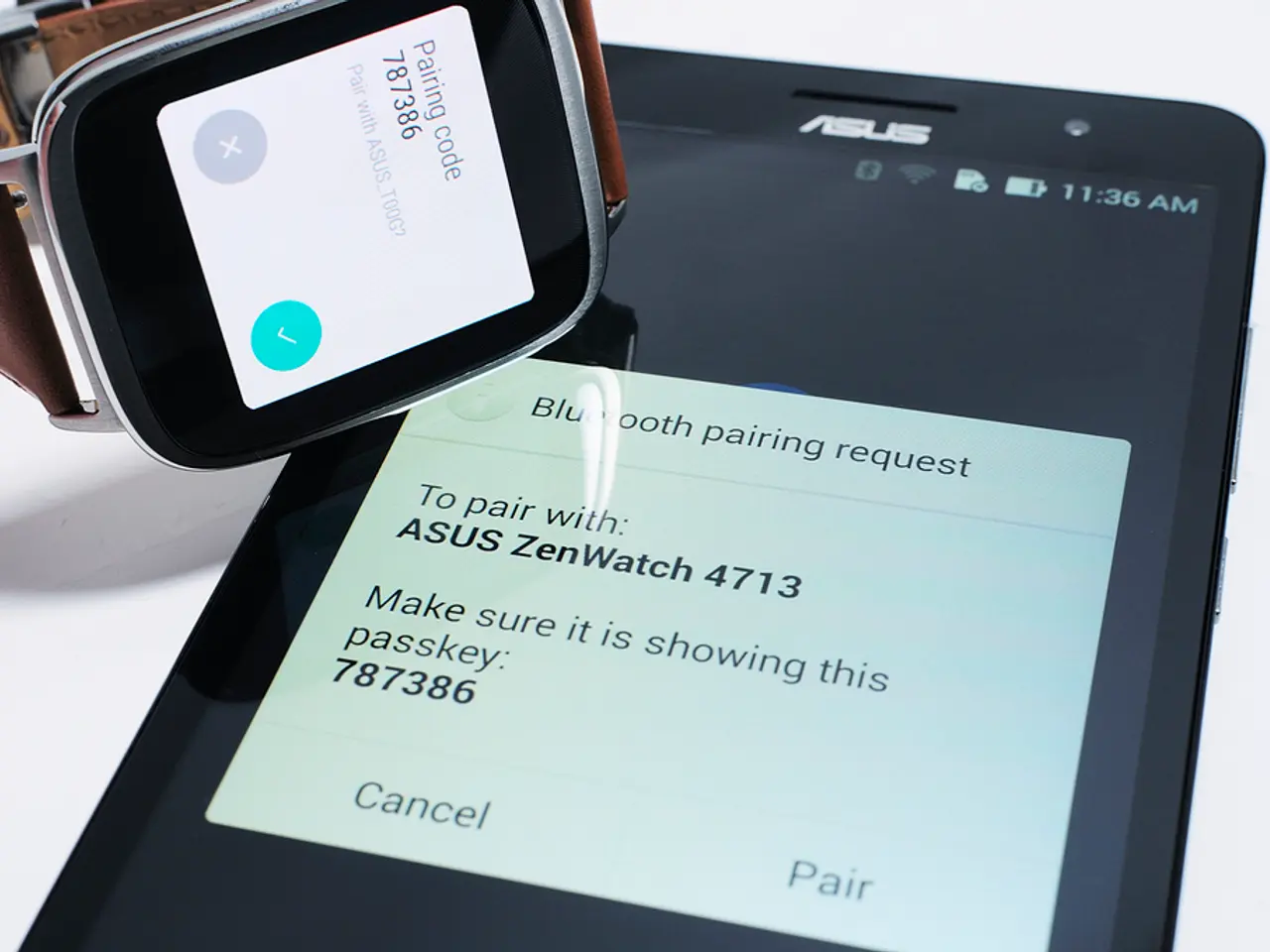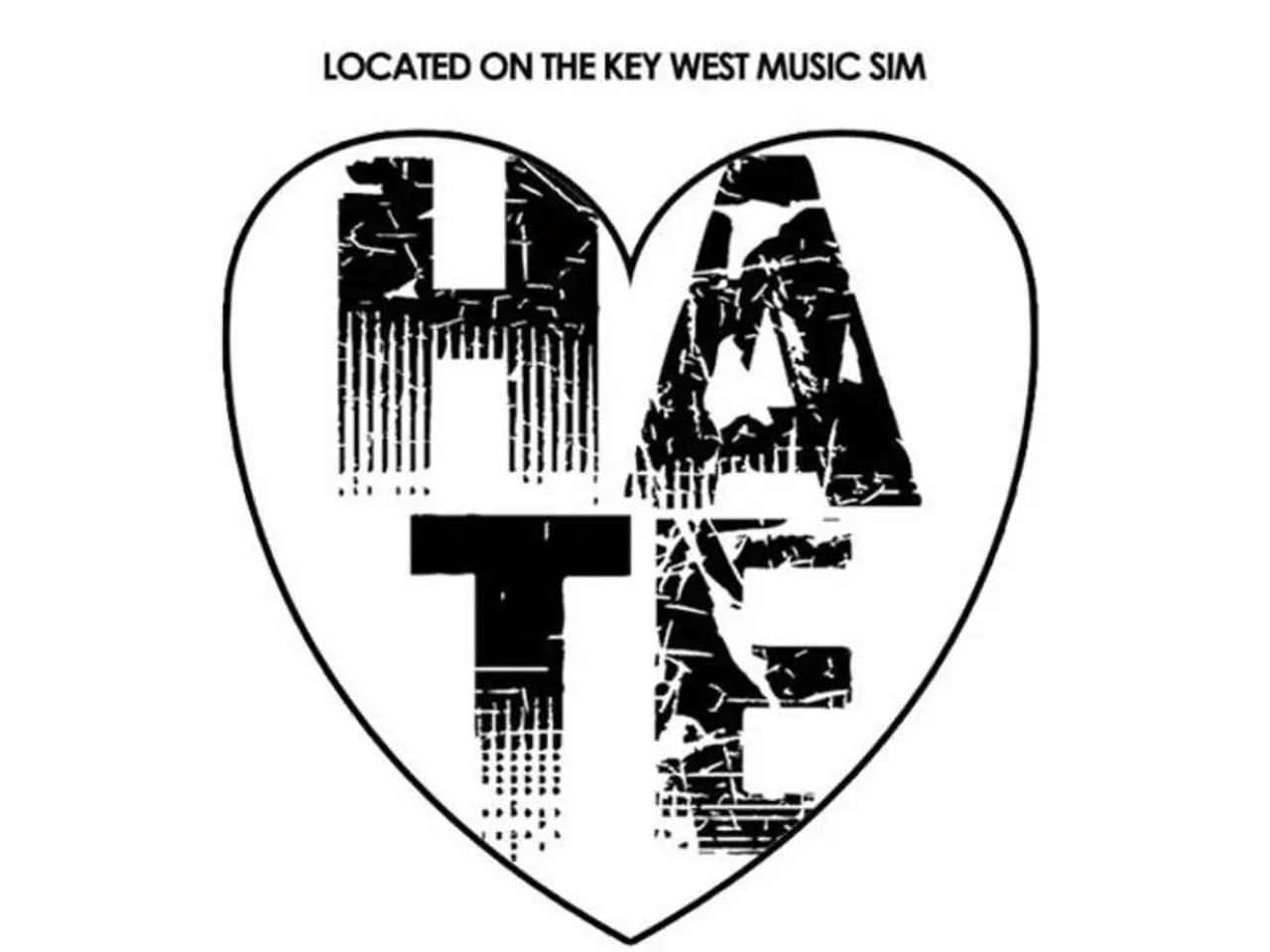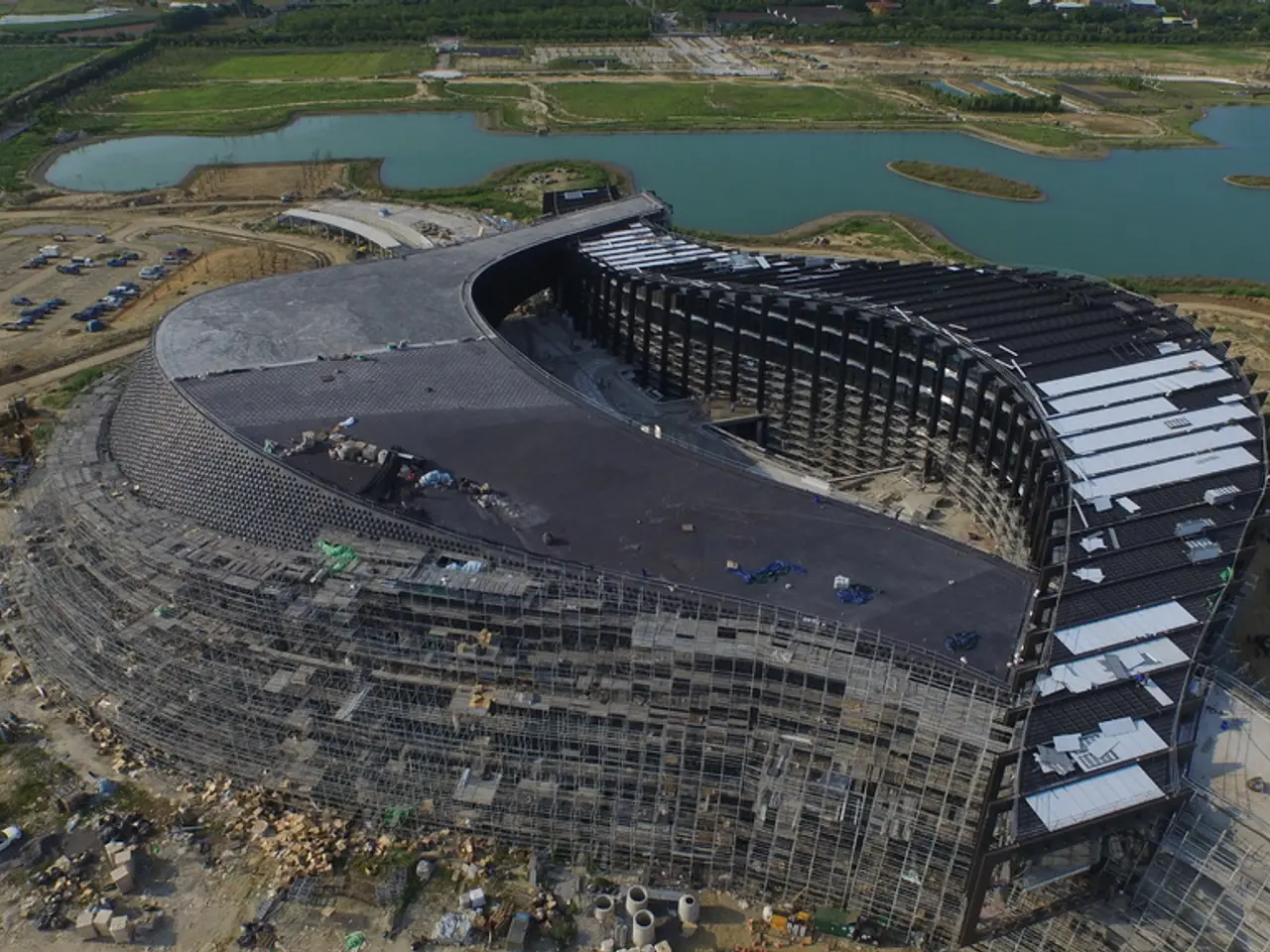Global earthquake warnings now bolstered by Google, as 2 billion smartphones functions similarly to seismometers, test results affirm.
In a groundbreaking development, Google's Android Earthquake Alerts (AEA) system has demonstrated its effectiveness in detecting earthquakes and issuing timely warnings, rivalling traditional seismometers. The system, which leverages accelerometer data from over 2 billion smartphones worldwide, has captured more than 11,000 quakes between 2021 and 2024 and issued over 1,200 alerts across 98 countries [1][2][5].
This widespread adoption of AEA has led to a tenfold increase in alert accessibility, with the number of people with access to earthquake alerts surging from 250 million in 2019 to a staggering 2.5 billion today [1][2][5]. The system operates by combining data from many phones to determine shaking intensity and magnitude, with alerts sent for earthquakes magnitude 4.5 or greater [5].
However, the AEA system has some limitations compared to traditional seismic networks. During the 2023 Turkey-Syria earthquake (magnitude 7.8), the system underestimated the quake’s strength, reporting magnitude 4.5-4.9, and sent only a few urgent alerts [3][5]. Many users did not receive timely high-level warnings, partly due to the algorithm's constraints in detecting large quakes quickly and differentiating strong shaking from noise [3][5].
Following the event, Google improved the algorithm by increasing the assessment time, filtering background noise better, and adjusting alert timing to improve future performance [3][5].
AEA is not without its false alerts. Three alerts were found to be false, with two triggered by thunderstorms and another by an unrelated mass notification event [4]. Despite these rare occurrences, the system's ability to estimate the size of an earthquake and its location, and then send warnings to users in the danger zone, makes it a significant development in the field of earthquake early-warning systems [4].
The researchers published their findings in the journal Science on July 17, 2021, highlighting the AEA system's potential for globally distributed smartphones to detect earthquakes and issue warnings at scale, comparable to established national systems [1][2][5]. The system aims to supplement official warning systems instead of replacing them [6].
Meanwhile, a new map reveals that nearly 75% of the US is at risk from damaging earthquakes [7]. The implementation of AEA supports efforts to improve detection and provide a cost-efficient, global complement to traditional seismic warning networks [1][2][5].
References: [1] Google. (2021). Android Earthquake Alerts: Using smartphones to save lives. Retrieved from https://blog.google/technology/safety-security/android-earthquake-alerts/ [2] Google. (2023). Android Earthquake Alerts: How it works. Retrieved from https://support.google.com/android/answer/9526788 [3] Google. (2023). Improving Android Earthquake Alerts. Retrieved from https://blog.google/technology/safety-security/improving-android-earthquake-alerts/ [4] Google. (2023). Android Earthquake Alerts: False alarms. Retrieved from https://support.google.com/android/answer/10850493 [5] Google. (2023). Android Earthquake Alerts: Frequently asked questions. Retrieved from https://support.google.com/android/answer/10850494 [6] Google. (2023). Android Earthquake Alerts: Frequently asked questions. Retrieved from https://support.google.com/android/answer/10850494#h.j27t6nkjq3j5 [7] USGS. (2021). USGS ShakeOut Scenario. Retrieved from https://earthquake.usgs.gov/learn/topics/shakeout/
Science plays a crucial role in enhancing the Android Earthquake Alerts (AEA) system, as its developers continue to improve the algorithm based on research findings. Furthermore, technology, in the form of smartphone data, is leveraged to detect earthquakes and issue timely warnings, contributing to advancements in both science and technology.




